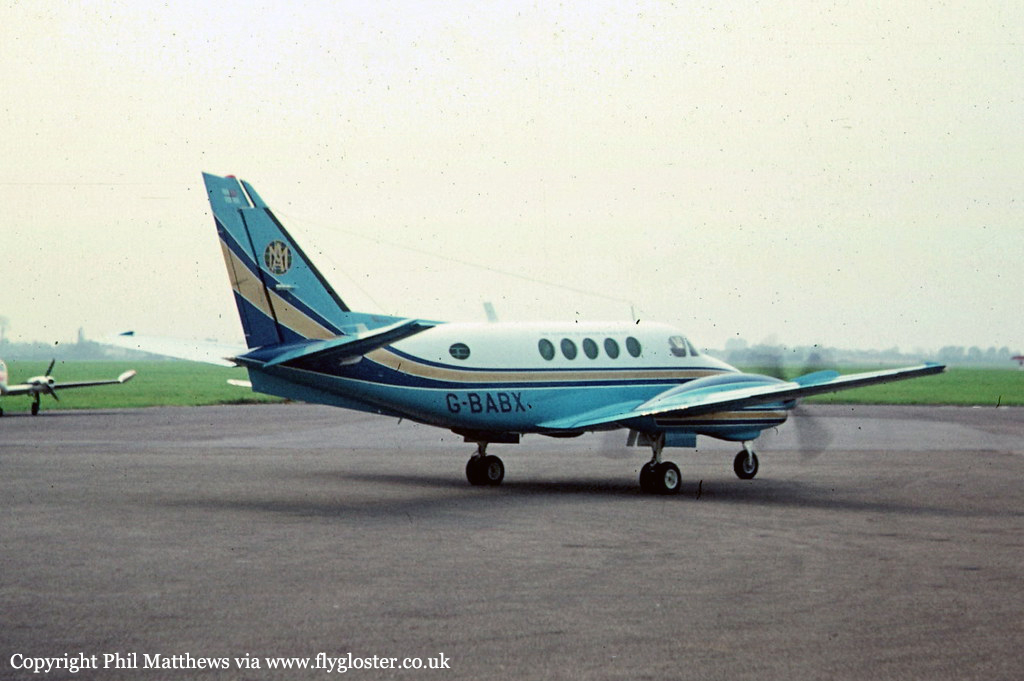Crash of a Beechcraft 100 King Air in Auburn: 1 killed
Date & Time:
Sep 27, 1977 at 0740 LT
Registration:
N925BD
Survivors:
Yes
Schedule:
Birmingham - Auburn
MSN:
B-4
YOM:
1970
Crew on board:
2
Crew fatalities:
Pax on board:
1
Pax fatalities:
Other fatalities:
Total fatalities:
1
Captain / Total hours on type:
1500.00
Circumstances:
On approach to Auburn-Opelika-Robert G. Pitts (University Regional) Airport, the crew encountered poor weather conditions with low ceiling and fog. On final, the twin engine airplane struck trees, stalled and crashed in a wooded area located few hundred yards short of runway threshold. Two occupants were injured while a pilot was killed. It was reported that trees in area of first impact were about 73 feet below airport elevation and 650 feet below MDA.
Probable cause:
Collision with trees on final approach due to improper IFR operation. The following contributing factors were reported:
- Low ceiling,
- Fog,
- Visibility half a mile or less,
- Sky obscured.
- Low ceiling,
- Fog,
- Visibility half a mile or less,
- Sky obscured.
Final Report:



